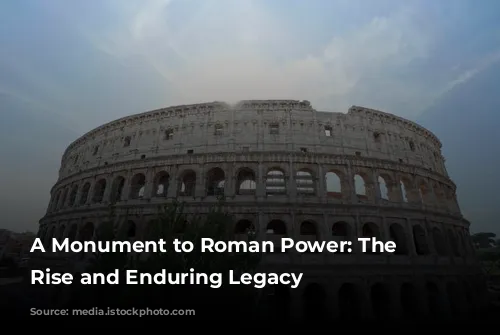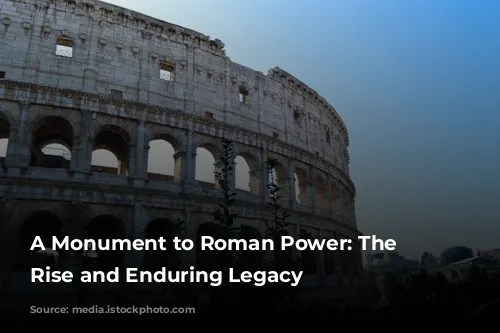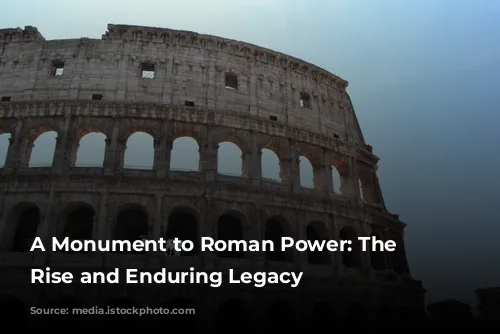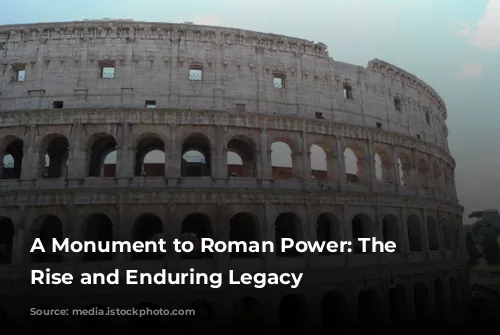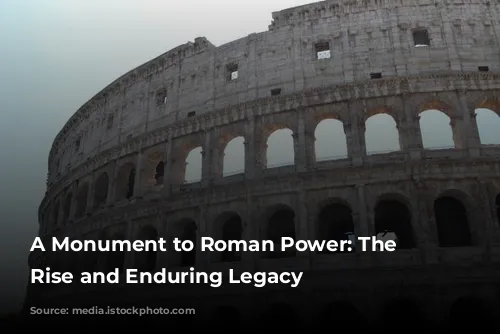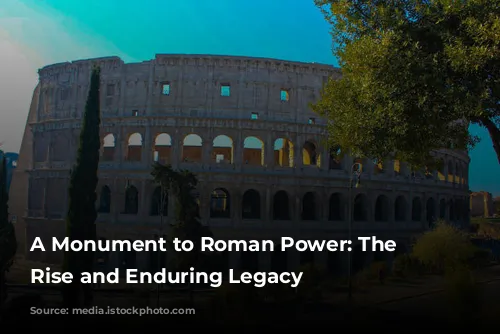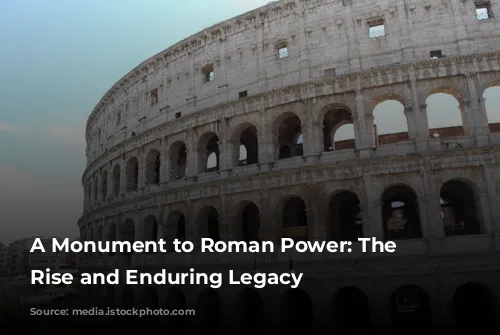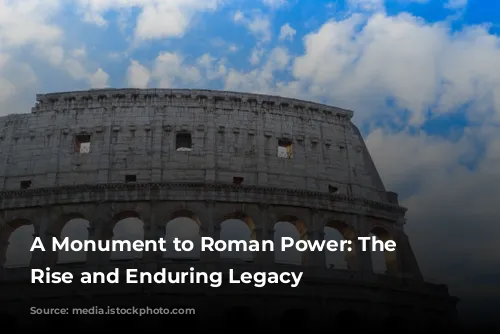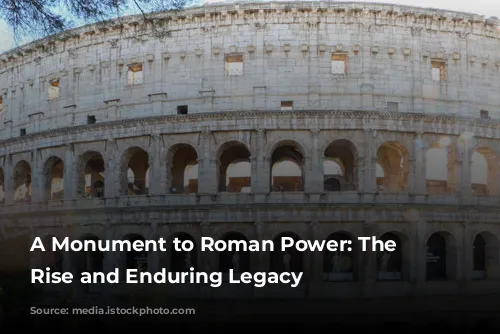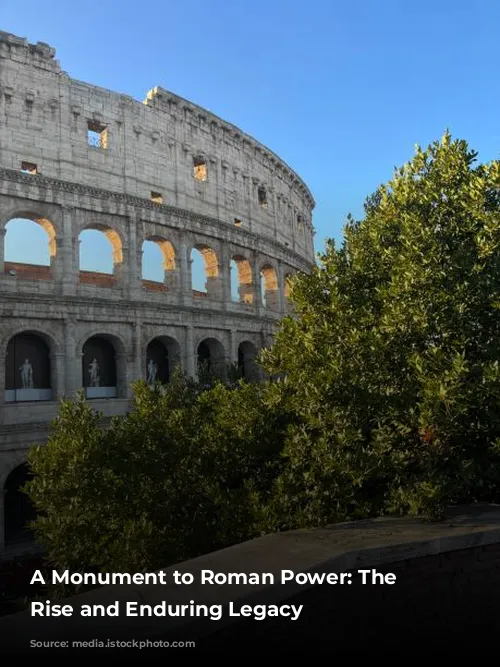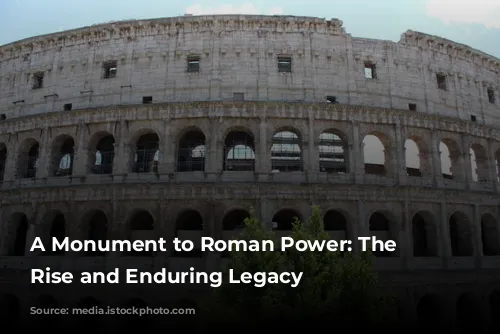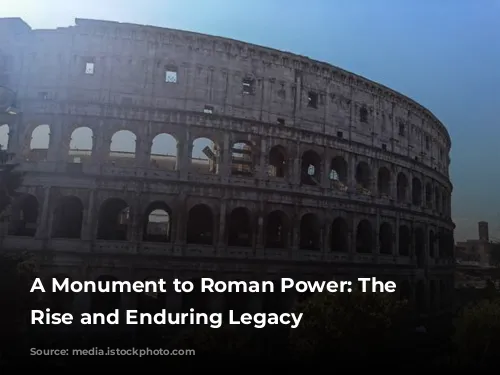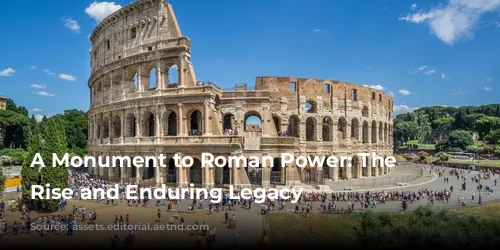The Colosseum, also known as the Flavian Amphitheater, stands as a majestic testament to the grandeur of ancient Rome. This iconic structure, built in the first century A.D., evokes images of gladiatorial combat and thrilling encounters with wild beasts, captivating our imaginations with its historical significance. However, beyond the spectacle, the Colosseum represents a marvel of architectural ingenuity, a testament to the Flavian dynasty’s power, and a crucial element in the social fabric of ancient Rome.
A Dynasty’s Triumphant Statement
The Flavian dynasty, spearheaded by Emperor Vespasian, embarked on a massive rebuilding project after Rome suffered through a period of turmoil. Their ambitious goal was to restore the city’s glory, erasing the scars of fire, plague, and civil war. This ambitious program included the renovation of buildings, statues, and monuments throughout the city, culminating in the construction of a new amphitheater in the heart of Rome.
The construction of the Colosseum was funded by the spoils of war, specifically from the Roman conquest of Jerusalem during the First Jewish-Roman War. This strategically located structure served as a powerful symbol of Roman dominance, showcasing the city’s resurgence after years of hardship.
An Architectural Masterpiece
The Colosseum, exceeding all previous amphitheaters in size and complexity, was a testament to the Romans’ exceptional engineering prowess. This awe-inspiring structure, built primarily from concrete, travertine, marble, and timber, soared to a height of 157 feet, akin to a 15-story building. Its vastness accommodated a staggering audience of 50,000 to 80,000 people, who came to witness the thrilling spectacles that unfolded within its arena.
This monumental structure was not only impressive in its scale but also in its innovative use of materials and engineering techniques. The Romans’ mastery of concrete allowed them to create a durable and enduring structure that has stood the test of time for centuries.
A Social Tapestry
The Colosseum was a reflection of the rigid social hierarchy that permeated Roman society. Its seating arrangement, designed with careful precision, mirrored the social strata of the time. The most coveted seats, positioned closest to the arena, were reserved for the elite, including the Emperor and senators.
Those of the Equestrian order, a group of established merchants, artisans, and bureaucrats, occupied the seats above, while the vast majority of the population, including women, foreigners, and the less fortunate, were relegated to the higher tiers. This carefully structured seating arrangement reinforced the social order, showcasing the stark distinctions between the privileged few and the common people.
Despite the social hierarchy, the Colosseum’s ingenious design offered everyone, regardless of their social standing, a clear view of the events unfolding within the arena. This feature ensured that the spectacle was accessible to all, fostering a sense of communal experience, even amidst the strict social divisions.
An Architectural Legacy
The Colosseum stands as a testament to the Romans’ ingenuity and their profound impact on architectural advancements. Its design, drawing inspiration from earlier Greek theaters, incorporated an array of architectural elements such as columns, arches, and barrel vaults. However, it was the innovative use of concrete that set the Colosseum apart. This material, a hallmark of Roman architecture, played a crucial role in making this ambitious project a reality.
The Colosseum’s structural integrity, evident after 2,000 years, is a testament to the Romans’ understanding of building science. The robust concrete foundation, meticulously crafted to withstand the challenges of building in a wetland area, ensured the structure’s stability for centuries to come.
A Look Behind the Scenes
The Colosseum was more than just a venue for entertainment; it was a complex and multifaceted structure, replete with innovative features designed to enhance the viewing experience. A sophisticated drainage system efficiently removed water used to stage mock sea battles in the arena, showcasing the Romans’ attention to detail and their ability to create a truly immersive experience.
A retractable awning, operated by skilled sailors, provided shade for the spectators during the scorching Roman summers. The complex network of chambers and tunnels beneath the arena floor, known as the hypogeum, housed props, scenery, and the participants, ensuring a smooth flow of action during the performances. This elaborate system also allowed for dramatic entrances, with combatants and scenery appearing as if from nowhere, adding to the spectacle and the audience’s amazement.
Building a Monument to Power
The construction of the Colosseum remains shrouded in some mystery, with the exact cost of this monumental project unknown. However, historical accounts suggest that the Flavian dynasty used the spoils of war, specifically the proceeds from the sale of goods captured from the Jerusalem Temple, to finance the construction.
The conventional wisdom surrounding the labor force used to build the Colosseum often centers on Jewish slaves captured during the Siege of Jerusalem. While this assumption persists, there’s no concrete historical evidence to substantiate it. While the use of slave labor was undoubtedly part of the building process, the exact origin of the workers remains uncertain.
An Enduring Legacy
The Colosseum, a symbol of Roman power and a marvel of engineering, continues to inspire awe and wonder in the modern world. Its enduring legacy extends beyond its architectural grandeur. The Colosseum’s influence can be seen in modern sports stadiums, which have adopted many of its key design elements, such as the use of arches for structural support, the elliptical shape, and the hierarchical seating arrangements.
This monumental structure serves as a window into the past, offering insights into the social structure, entertainment, and architectural prowess of ancient Rome. As one of the most iconic structures in the world, the Colosseum continues to captivate our imaginations, reminding us of the enduring power of human ingenuity and creativity.


